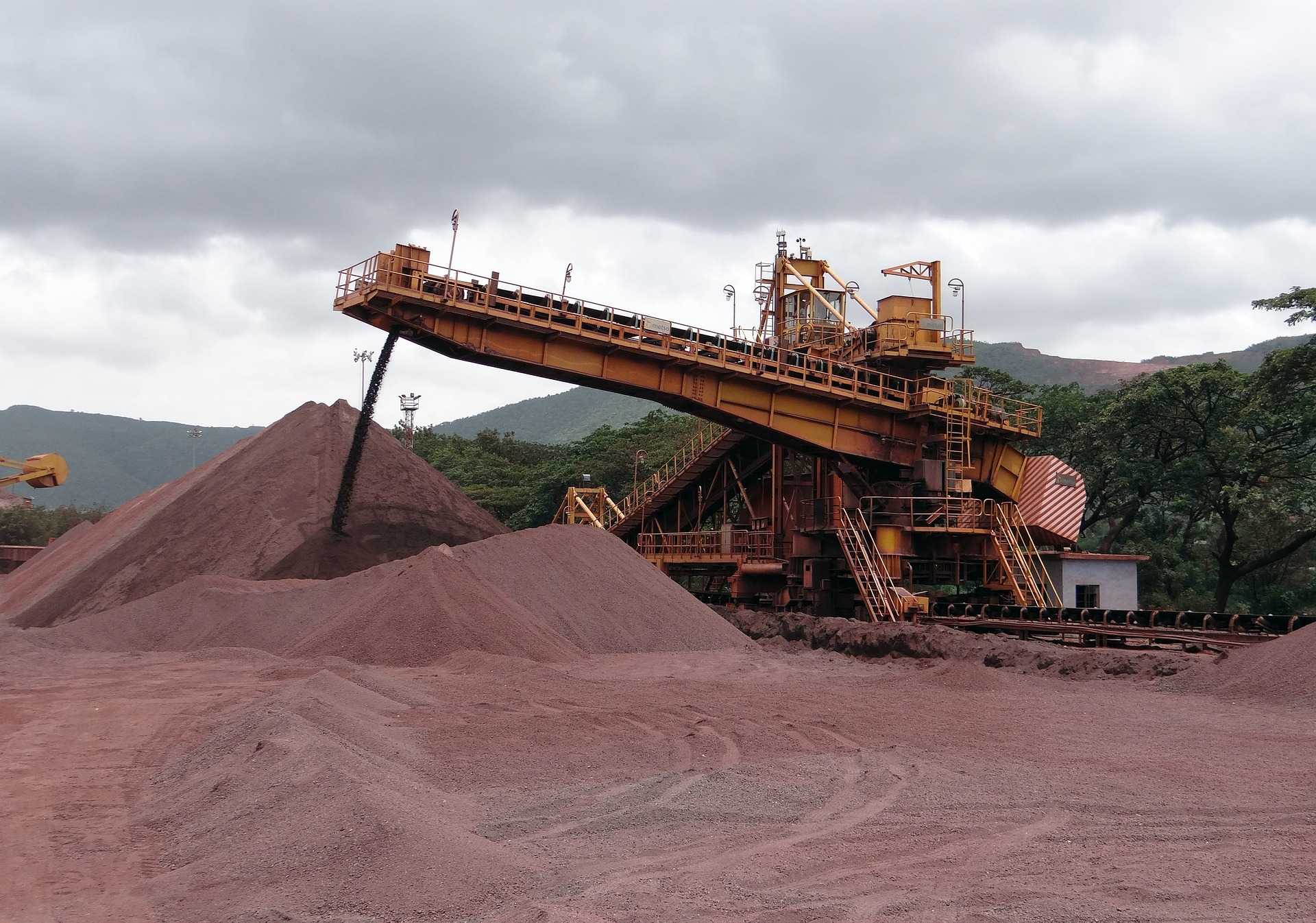Australian dollar surges higher in 2021 with zooming iron ore prices and a weaker dollar. The AUD/USD is at a multi-year high near the 2018 peak.

Australian Dollar Touches 0.7800 Levels
The AUD/USD moved above the 0.7800 levels for the first time on April 20. Previously it touched these levels in March. High iron ore prices have helped the Australian dollar gain higher last week. The weaker US dollar has helped to move the AUD/USD to gain strength.
The Australian dollar against the US dollar has closed at 0.7713 levels for the weekend. It moved below the 0.6000 levels in the first week of March 2020, when the pandemic initially affected the economy. It is currently above the 0.7700 levels. The AUD/USD currency pair is moving within a narrow range between 0.7600 and 0.7800 for the past four months, though it touched a multi-year high level of 0.8000 on February 25, 2021.
Iron Ore Plays an Important Role in Lifting Australian Dollar
The Australian dollar rises whenever the demand for Aussie ore increases. They have a strong positive correlation. The AUD/USD currency pair, which is also called the commodity currency, reacts strongly to main export prices. Iron-ore prices have gone up by 21% in 2021. Over the past year, it has gone up by more than 130%
The record demand for iron ore from China has brought a huge jump in iron ore prices. Iron ore makes up the bulk of the country’s exports, and the AUD/USD currency pair is closely linked to iron ore prices. Base metal prices have gone up. Export Price Index is at 0.2%, while Import Price Index is at 11.2%, both above market expectations.
Soaring commodity prices provide a boost to the economy by more than $35 billion. Iron prices have increased tremendously to impact the government revenue by $2 billion. Copper prices are trading at a record high rate. Corn and lumber are other commodities that have surged to new levels. Australia makes huge profits from the increase in commodity prices.
Record iron ore prices have supported the Australian revenue throughout the Covid affected period during 2020 and 2021. It has provided direct employment to more than 2 million workers and contributes to 10% of the GDP in Australia.
Australian Manages the Coronavirus Pandemic Well
Australia closed its borders in March 2020 to non-citizens and non-residents. Only Australian citizens are returning home. Snap lockdown, along with high community compliance and timely health programs have helped Australia curb the covid-19 deaths and infections to very low levels.
Currently, the New Zealand-Australian border has re-opened, providing cross-border travel after almost a year. Prime Minister Scott Morrison says he is in no hurry to re-open the country’s international borders. Vaccinated Australians are allowed to travel only for essential purposes from the second half of the year.
Lockdowns would have caused more economic pain, but for commodities doing well, in particular iron-ore, says Australian Resources Minister Keith Pitt. It has helped to keep the Australian dollar high.
Westpac Consumer Confidence Index has improved in Australia by 6.2% month on month to 118.8. Despite a partial lockdown in Brisbane, WPAC reports very good results. Consumer sentiment is positive in the trade and services, hospitality industry, and recreational services with easing in Covid-19 restrictions.
Higher Employment Levels Improves Australian Dollar
The coronavirus vaccination program has helped to improve the health of a nation. The labor force has improved, and better employment levels have helped the Australian dollar gain strength.
Employment has gone up by 75,000, better than the late-March pandemic shutdown of 2020. South Australia and Victoria have shown the highest jobless rates in the country. Unemployment in Australia has fallen 5.6% from 5.8% month on month.
Quantitative Easing Drives Up Economic Growth
The Reserve Bank of Australia has brought in a huge quantitative easing of AUD 200 billion. The huge fiscal stimulus poured into the economy is helping economic growth. According to the April policy meeting minutes released, the RBA has said that it will be highly supportive towards uplifting the economy. Policymakers have indicated that low rates will remain for a longer duration. Inflation figures are weak.
Cash rates are to remain at 0.1%. The RBA has begun another round of bond purchases towards AUS 100 billion. The RBA targets an annual CPI figure between a range of 2% and 3%.
The Federal Reserve has said that any inflation increase will be temporary. The statement has kept the US dollar under pressure and strengthened the Australian dollar.
The IHS Markit Manufacturing PMI in Australia has jumped from 56.8 to 59.6 in April. New orders, employment, and production have helped bring in the second-highest pace of growth since February 2018.
IHS Markit Services PMI is up at 56.2 in March, an improvement from 53.4 in February. Low borrowing costs, uplift of covid-19 restrictions, and higher commodity exports have helped improve manufacturing and services.
Economic stimulus measures that have helped in the economic recovery are housing grants, low-interest rates, and wage subsidies.
Australian 10-year bonds remained the same at 1.673%. 10-year Australian bond yields were unchanged at 1.68%. New Zealand’s 10-year bond yields were trading higher at 1.625%. New Zealand’s 10-year bonds were down two basis points at 1.6333%.